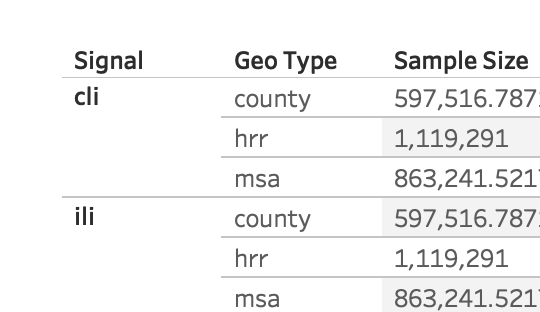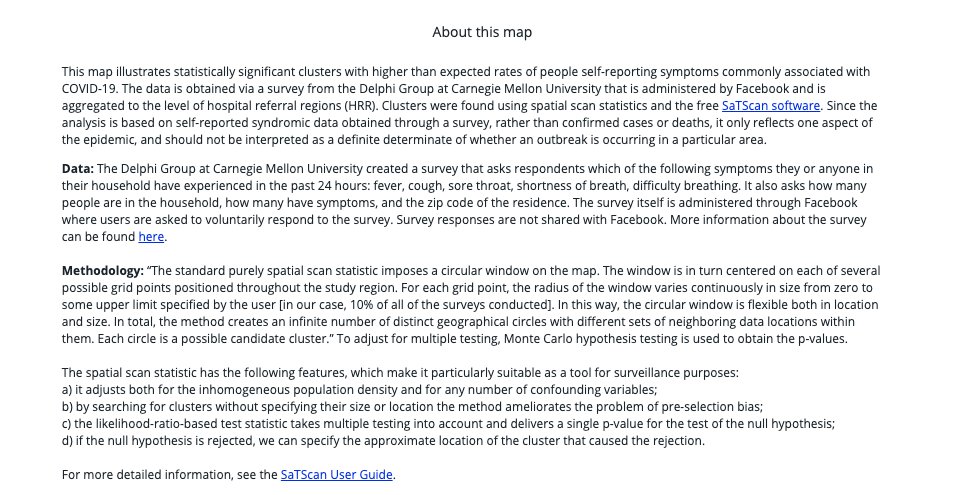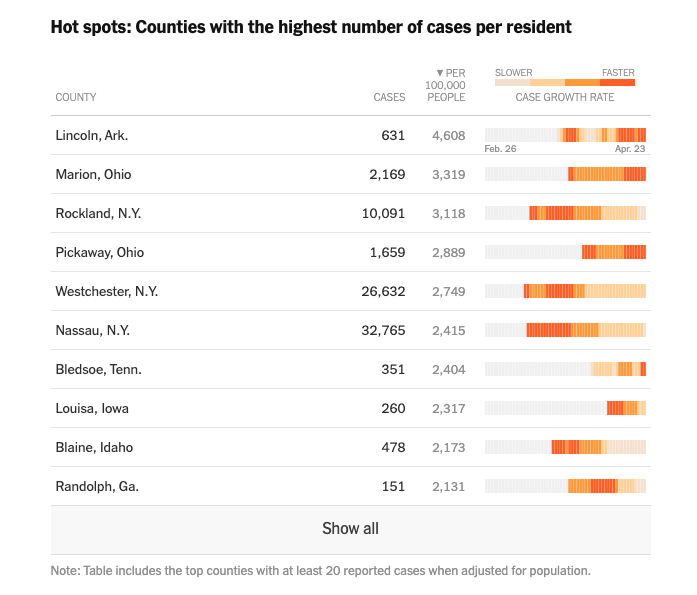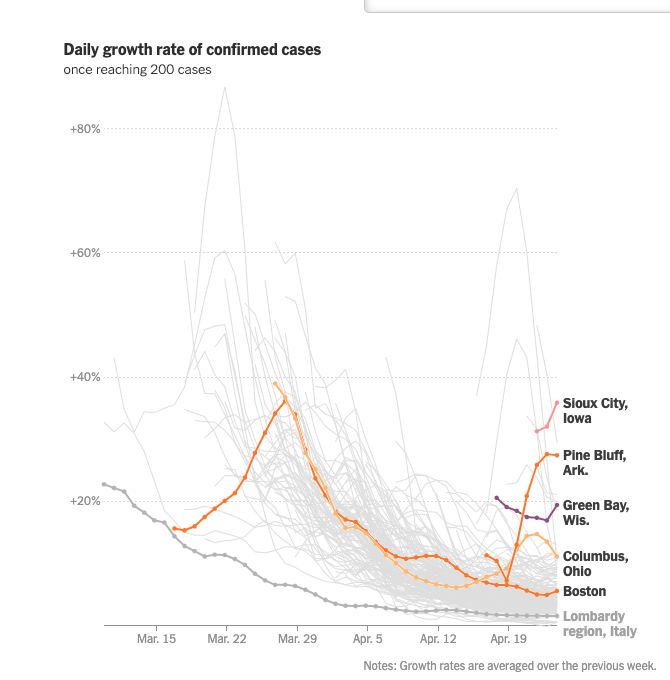It's a good example of where something not that useful at 10,000 people becomes very interesting when deployed to millions
Tech people's "SCALE"
FB would push sample weights to them but wouldn't be getting any data back
washingtonpost.com/opinions/2020/…
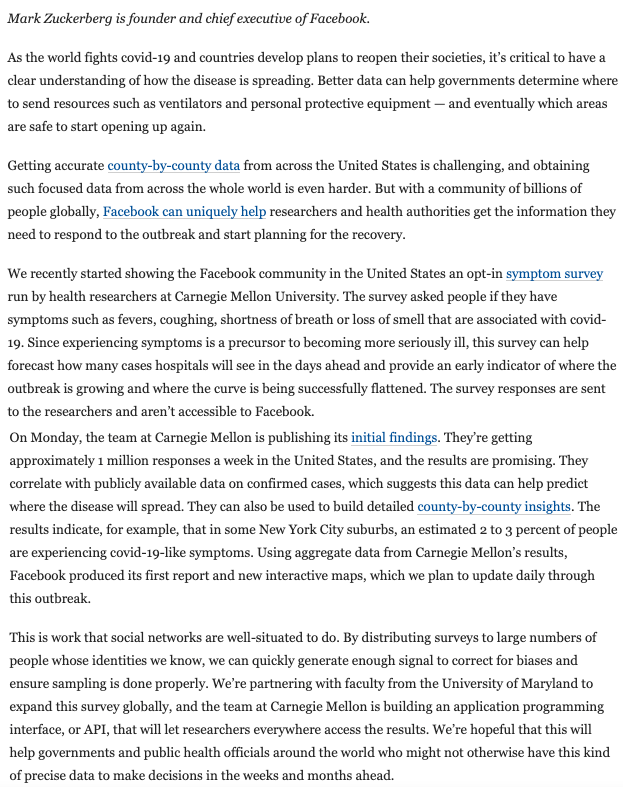
*FB allows far right/Russian disinformation (civil unrest, manufactured "reopen" protests)
*FB wants your data to sell it
Regardless of my feelings about 👆I don't think this is an example of either
This is my ugly slide from 2004
slideplayer.com/slide/5346203/
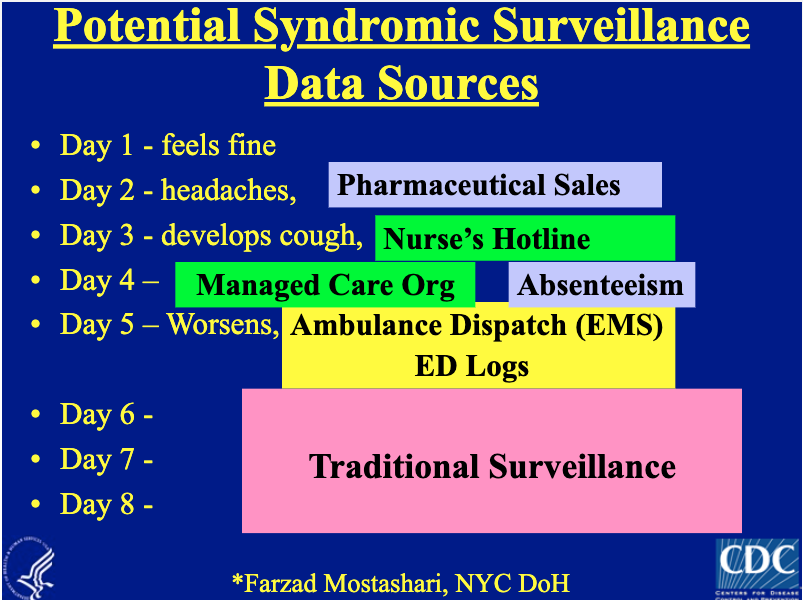
Google search trends (I thought I was first to do it but tbh, I thought it was a joke)
Self-report apps @johnbrownstein @FluNearYou
Thermometers @kinsa
Google ads
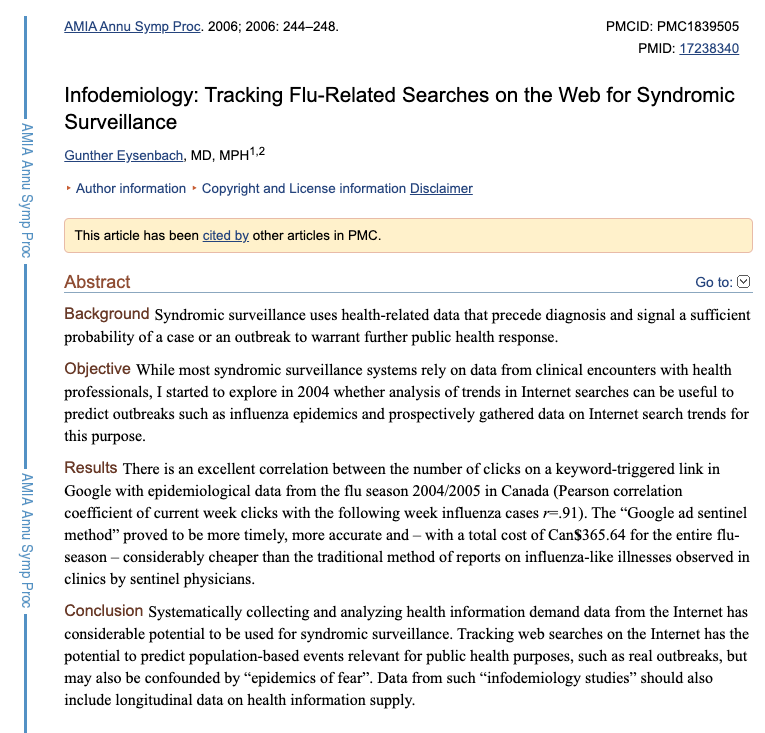
Well, CMU has put out some maps with the data
and you can toggle through different days on facebook's presentation of it covid-survey.dataforgood.fb.com (they only get aggregated data back from CMU)
A little hard to know what to make of it, kinda patchy
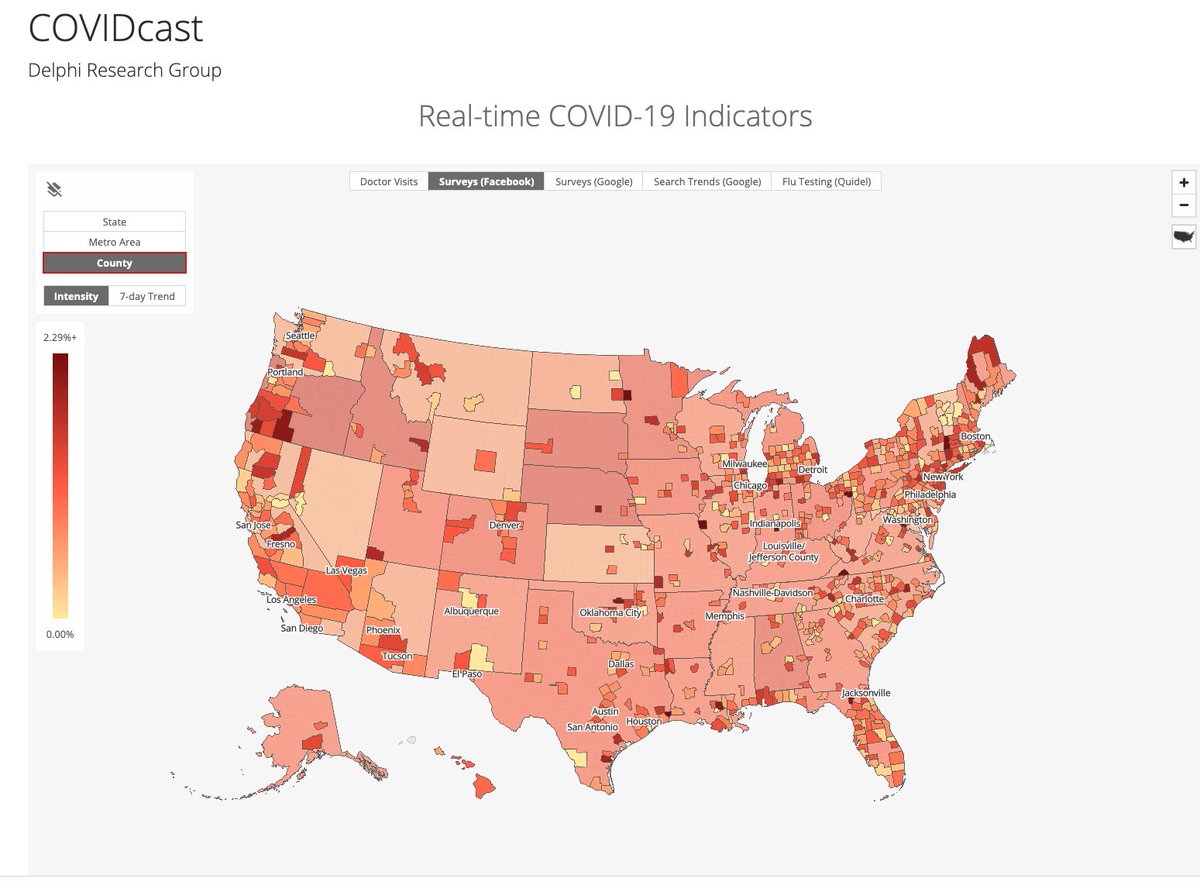
I love how open different communities have been with data access during COVID 💯
so we called an old friend and took a look
cmu-delphi.github.io/delphi-epidata…
Thanks team
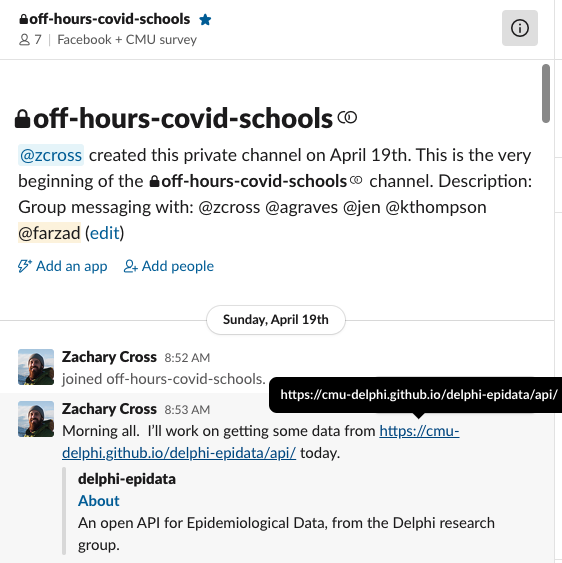
I called an old friend, Martin Kulldorff who's the smartest statistician I know for spatial and temporal cluster detection methods
drugepi.org/faculty-staff-…
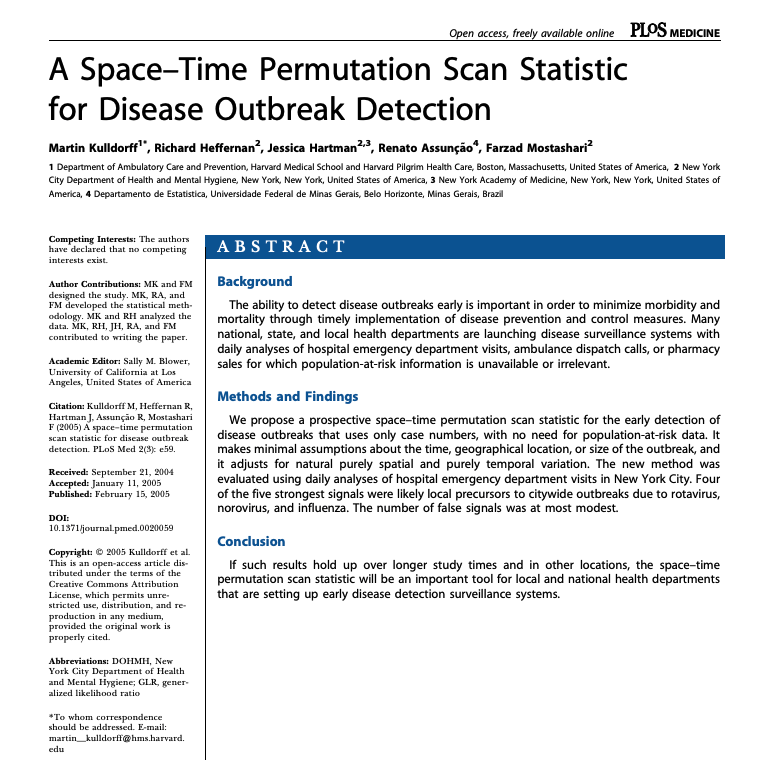
I was proud to have been able to help support one small part of that through a grant from @polsiewski @SloanFoundation
satscan.org
By chance alone you would always expect to find some clustering. This methodology ranks (MonteCarlo) observed clusters against those created by chance alone
bayesianspectacles.org/origin-of-the-…
the top symptom cluster in around NYC (check)
593 observed cases of "covid-like" symptoms
/264 expected (O/E 2.25)
#2: Large frontier state cluster (CO-ID-MT-ND-SD-UT-western WA)
#3- Iowa
#4-centered on IN/OH
#5- Oregon
covidmap.aledade.com/survey-symptom…
Over past 10 days, NY/CT/NJ would make sense as the hottest cluster
IA positivity rate climbing
First, it will be important for these signals to be validated
That was one of the big knocks we public health types had about Google Flu Trends- how are these to be investigated at the local level? You need shoe-leather epidemiology
nature.com/articles/npre.…

c/f suicidal ideation on health surveys->suicide prevention hotline number
It will be important to look for CHANGES from this baseline, to see if there are emergent hotspots/ cooling spots.
(we plan to do that soon)
This has been my main concern (right after test specificity) with the "Stanford serosurvey"
That propensity could be different in different areas.
will we see a rise in cases in a week or two in Wyoming and Montana, in Iowa, and Ohio and Indiana, in Salem and Eugene Oregon?
Someone needs to put all these different data sources next to each other for each state (not it!)
That's true BTW also for Sentinel ILINet and ED syndromic
HT Seattle/KC Health Officer @DocJeffD
*control for level of flu viral isolates
*look for specific symptoms (smell/taste changes)
*age-specific patterns (middle-aged>>kids)
*other?
Or just test with abandon

